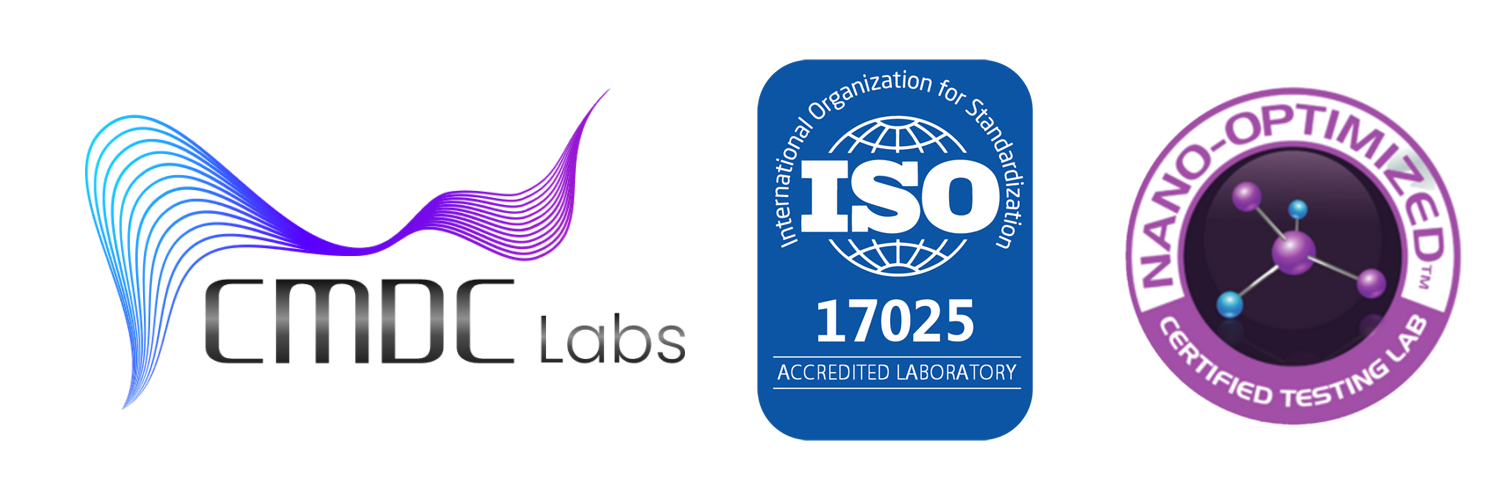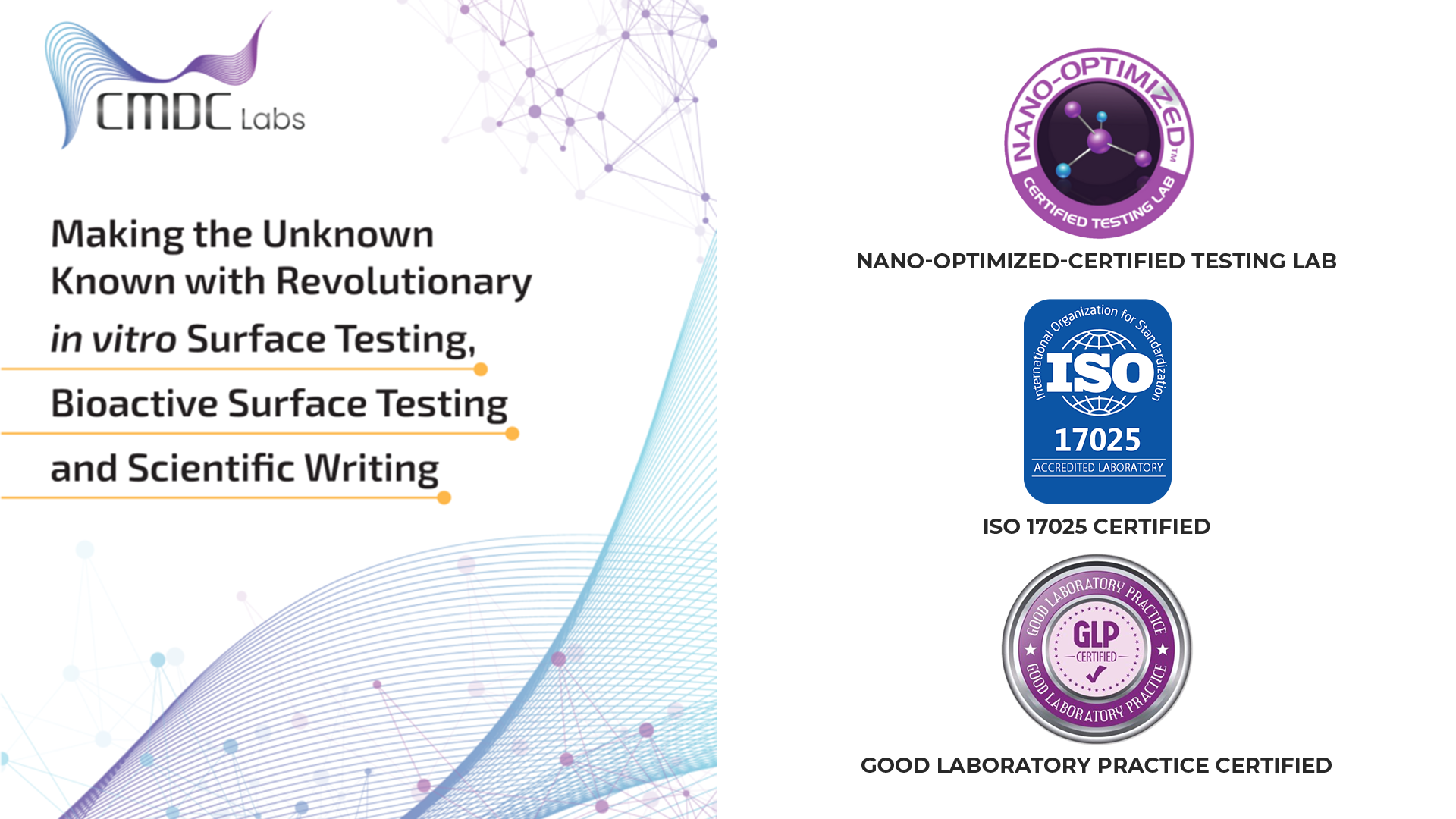Microbial analysis is a critical aspect of ensuring the safety and quality of various products, particularly in industries like food, pharmaceuticals, and healthcare. One of the most trusted and widely recognized methods for microbial testing is established by the AOAC International (Association of Official Analytical Collaboration). In this article, we’ll explore the science behind AOAC methods, their significance, and how they contribute to safeguarding public health and product integrity.
- Understanding AOAC International:
- AOAC International is a globally recognized association dedicated to the validation and standardization of analytical methods.
- Founded in 1884, AOAC has been instrumental in establishing rigorous standards for analytical techniques across various industries.
- Importance of Microbial Analysis:
- Microbial contamination poses significant risks to consumer health and product quality.
- Accurate microbial analysis helps identify and quantify microorganisms present in a sample, allowing for informed decision-making regarding product safety and quality.
- Principles of AOAC Microbial Testing Methods:
- AOAC methods are designed to be robust, reliable, and reproducible, ensuring consistency in results across different laboratories.
- These methods adhere to strict validation criteria, including accuracy, precision, specificity, and sensitivity.
- Types of AOAC Microbial Testing Methods:
a. Plate Count Methods: These methods involve culturing microorganisms on selective media to enumerate viable counts.
b. Indicator Organism Analysis: Assessing the presence of indicator organisms like E. coli or Salmonella to indicate the potential presence of pathogens.
c. Molecular Methods: Utilizing molecular techniques such as PCR (Polymerase Chain Reaction) or DNA sequencing for rapid and specific detection of target microorganisms.
- Applications Across Industries:
- Food Industry: AOAC methods play a crucial role in ensuring the safety and quality of food products by detecting pathogens, spoilage organisms, and indicator bacteria.
- Pharmaceutical Industry: Pharmaceutical manufacturers rely on AOAC methods for sterility testing, environmental monitoring, and validation of cleaning procedures.
- Healthcare Settings: AOAC methods are utilized in hospitals and healthcare facilities for monitoring water quality, detecting infectious agents, and maintaining sterile environments.
- Advancements and Future Trends:
- Continuous research and innovation in microbial analysis techniques aim to enhance sensitivity, reduce testing time, and improve overall efficiency.
- Emerging technologies such as rapid molecular assays and automation are poised to revolutionize microbial testing, offering faster turnaround times and greater accuracy.
Conclusion: AOAC methods represent the gold standard in microbial analysis, providing reliable and validated techniques for ensuring product safety and quality across various industries. By understanding the science behind AOAC, laboratories and manufacturers can uphold the highest standards of excellence in microbial testing, ultimately safeguarding public health and consumer confidence.

